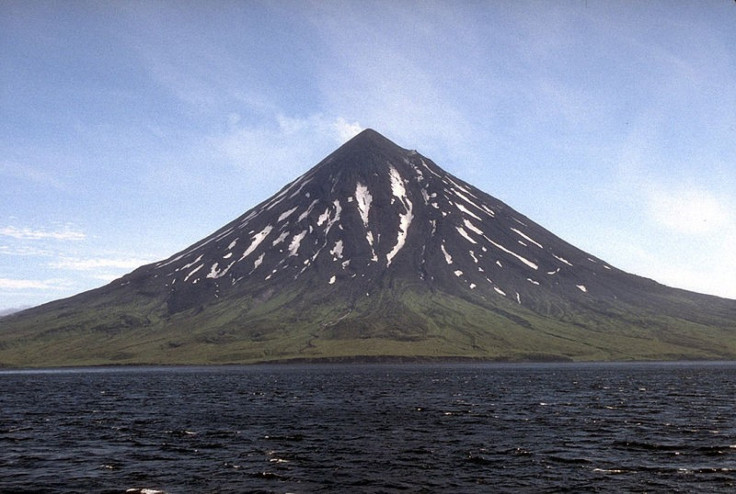Alaska Volcano Produces Small Eruption With Ash Cloud Several Miles High; Planes Alerted

Scientists from the Alaska Volcano Observatory have raised the aviation alert level around a remote volcano after a small eruption produced an ash cloud several miles high.
Cleveland Volcano, on the Aleutian Islands southwest of mainland Alaska, recently spewed up an ash cloud at an estimated height of 23,000 feet above sea level, Steve McNutt, a volcano seismologist at the Alaska Volcano Observatory, told CNN.
The aviation alert level, which was boosted Tuesday, is now orange, the second most serious of four levels.
The observatory also took the precaution of warning on its website that additional sudden explosions of blocks and ash are possible with little or no warning.
While no activity was detected Wednesday, the alert still remained at orange, according to the observatory.
CNN is reporting that a more serious eruption, one that spews ash about 30,000 feet, could affect air travel. McNutt told the news outlet that the vast majority of air freight between Asia and North America and between Asia and Europe flies over Alaskan airspace.
Citing satellite images, the observatory seismologist said Tuesday's cloud appeared to dissipate after about two hours.
One of the most active volcanoes in the Aleutian Arc, Cleveland has erupted at least 21 times in the last 230 years. Most recently Mount Cleveland has erupted three times in 2009, twice in 2010, and once in 2011.
The volcano's remoteness limits opportunities for its study, and the Alaska Volcano Observatory relies heavily on satellites for monitoring.
© Copyright IBTimes 2024. All rights reserved.












